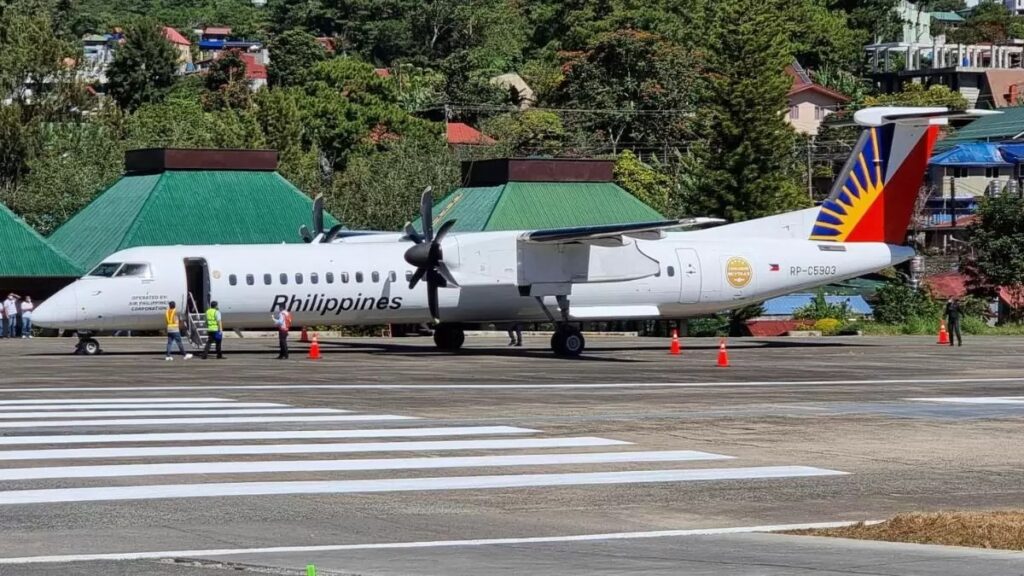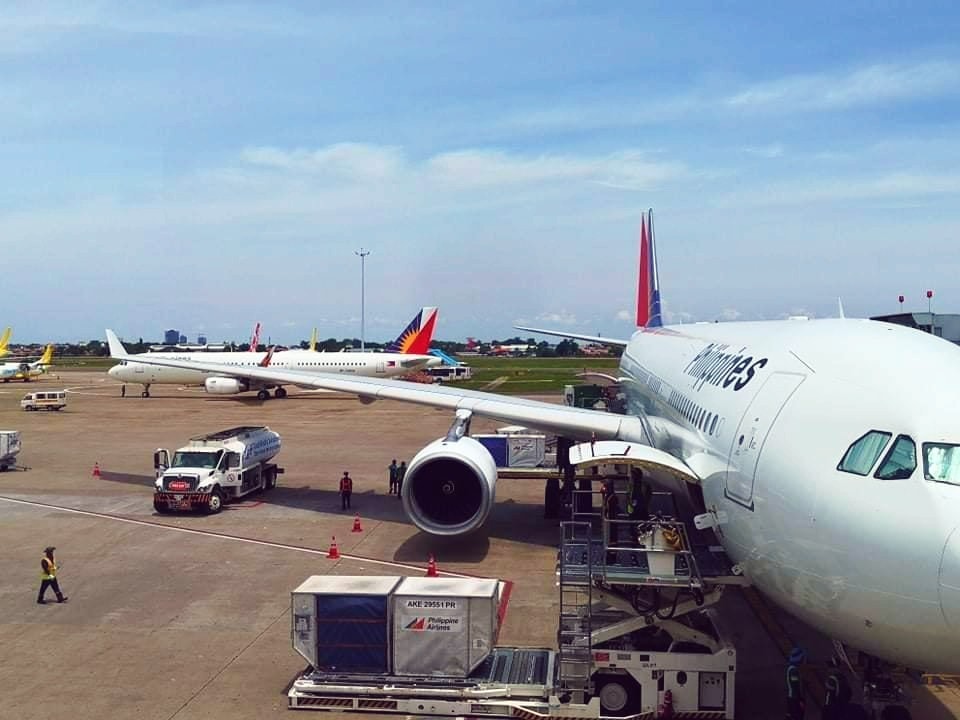Philippine Airlines (PAL) announced plans to transfer select turboprop-operated domestic routes from Manila’s Ninoy Aquino International Airport (NAIA) to Clark International Airport and Mactan-Cebu International Airport, originally scheduled to begin October 26, 2025. The announcement comes as the government has extended the turboprop phaseout deadline at NAIA to March 2026.
According to a report from Manila Bulletin, the Manila Slot Coordination Committee (MSCC) postponed the October deadline by five months following industry stakeholder concerns. The committee cited the need to balance turboprop transfer impacts with NAIA capacity optimization goals.
Under the revised government timeline, turboprop operations at NAIA will be limited to a maximum of 42 flights per week and six flights per day until the March 2026 deadline. PAL and Cebu Pacific are expected to split the weekly allocation with 21 flights each.
PAL’s network adjustments include expanding flight offerings from both Clark and Cebu hubs. Services between Clark and Busuanga, as well as Clark and Basco, will increase to twice daily, while Clark–Siargao flights will continue to operate daily. The Clark-Basco operations will replace the Manila-Basco route.
From Cebu, flights to Busuanga and Siargao will be increased to three times daily. PAL will launch a new route from Cebu to Calbayog, with flights operating four times weekly, replacing the Manila-Calbayog service.

The flag carrier will maintain turboprop flights from Manila to Siargao and Busuanga (Coron) with reduced daily frequencies, preserving connections for Greater Manila residents and international transfer passengers. PAL will also continue its current schedule of three weekly Manila-Antique flights and four weekly Manila-Catarman services.
“We seek the cooperation and understanding of the flying public as we work closely with aviation authorities, industry stakeholders and local government units to ensure a smooth transition,” said PAL Executive Vice President and Chief Operating Officer Carlos Luis Fernandez.
“This network realignment allows us to serve our passengers more efficiently. By strengthening Cebu and Clark as alternative hubs, we are building a more reliable and sustainable domestic network for the long term.”
The government’s turboprop transfer mandate began with an initial 30% reduction requirement implemented in March 2025. The MSCC originally issued Resolution No. 2024-02 in December, which outlined guidelines for the gradual transfer of turboprop operations from NAIA to regional airports.
Turboprop aircraft serve far-flung destinations like Siargao, Camiguin, and Coron, where airports have limited runway space unsuitable for larger jets. The phaseout aims to reduce congestion at NAIA and free slots for higher-capacity aircraft.























Leave a comment